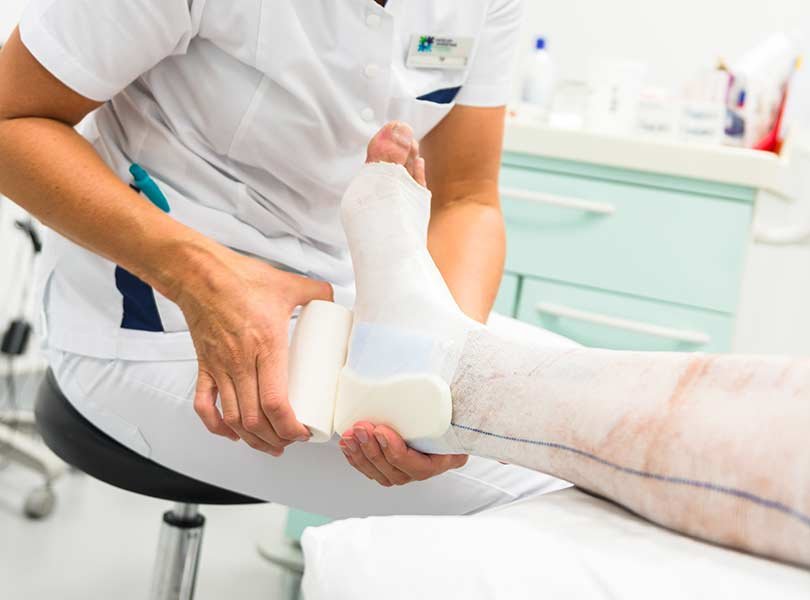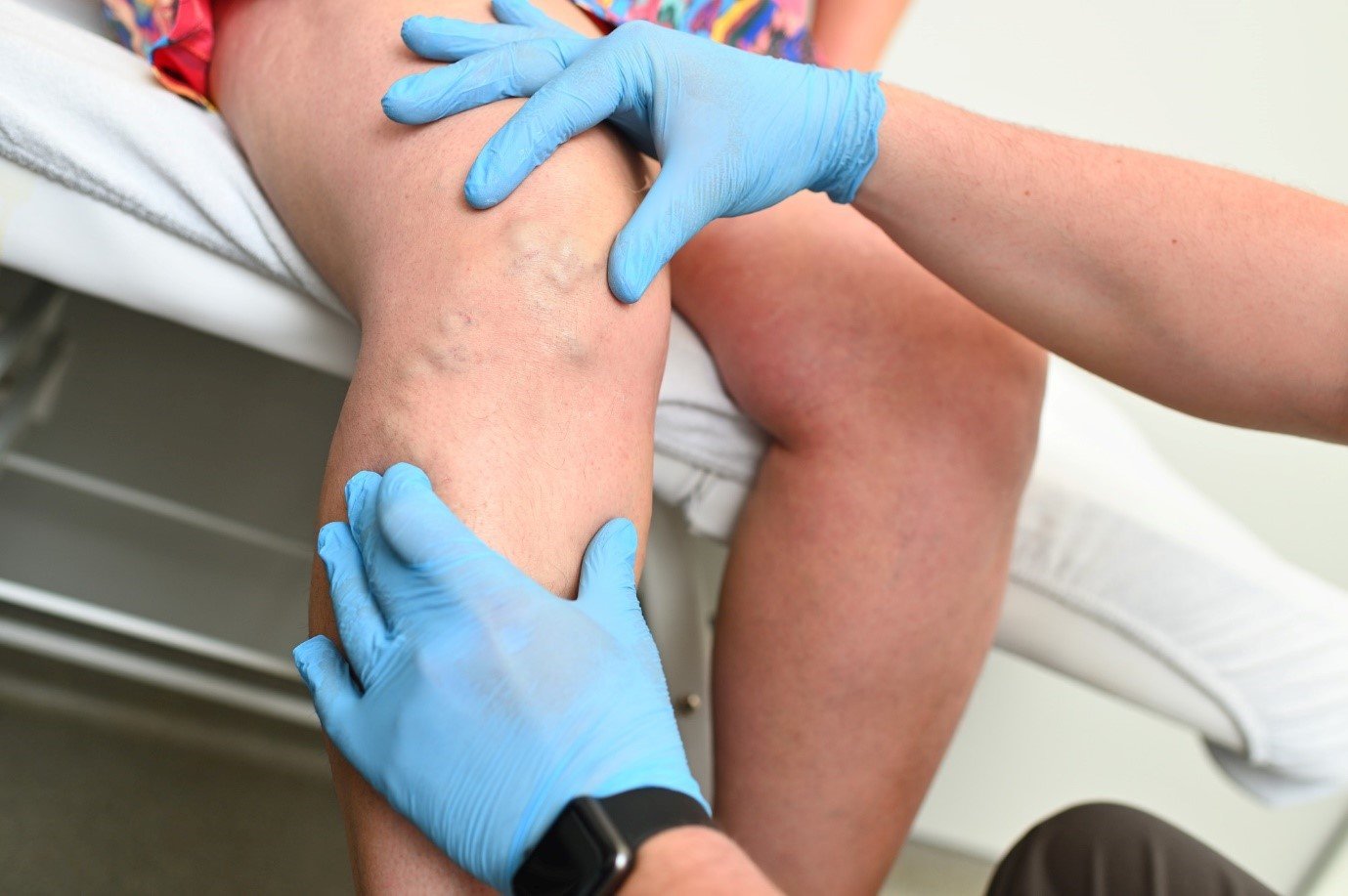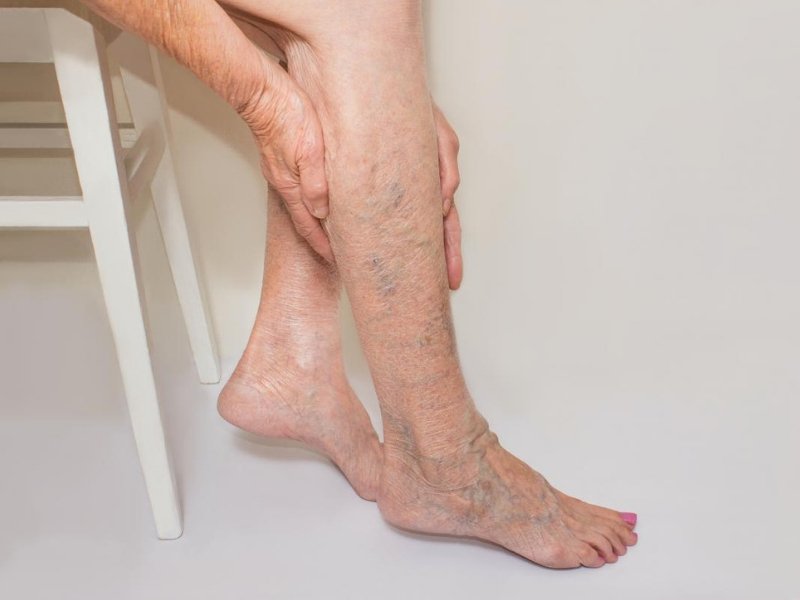Varicose veins are blood vessels disorder that leads to enlarged and twisted veins. Any vein in the body can become varicose, but the condition occurs most frequently in the veins of the legs.
Varicose veins are different from spider veins, or spider veins, which are small bluish and/or purple veins near the skin that appear on the legs and/or face. Spider veins are generally painless and are more of a cosmetic problem.
Why do varicose veins appear?
The varicose are the outward manifestation of alterations in the circulatory system caused by the effect of prolonged standing, i.e., the fact remain standing during the day and throughout the years.
This posture forces the circulatory system to make an extra effort to get the blood to return to the heart overcoming the force of gravity and the return or venous circulation is especially difficult in the legs. But varicose pathology is also a hereditary fact, and some people are genetically exposed to this “varicose inheritance. You can get the best varicose veins laser treatment at an affordable price.
Can varicose veins get complicated?
Thrombophlebitis and varicorrhagia or venous rupture are considered. The evolution is usually benign when it is treated early but has a risk of progression to the deep venous system of 11-15%, with the consequent risk of pulmonary embolism. Symptoms begin acutely, with pain along the indurated venous cord.
Venous thrombosis is a serious disease which by its nature that involves a double risk:
• pulmonary embolism and,
• post-phlebitic sequela at the limb level.
4 complications of Varicose Veins
Varicose ulcer.
Shallow injury. It is caused by varicose veins and is caused by increased venous pressure. They usually appear on the legs at the ankle. It is important to ensure that it does not become infected. It is slow to heal and often reappears when the necessary preventive measures are not taken. It is important to attend them with a specialist doctor.
Superficial vein thrombosis (superficial thrombophlebitis)
The patient with superficial thrombophlebitis has classic signs of inflammation such as warmth, pain, growth, and redness.
You can avail the varicose veins treatment for your condition.
Deep vein thrombosis (deep thrombophlebitis)
It occurs when inflammation occurs in deeper veins, and there is a risk of embolism. It is a relatively frequent disease, especially in patients who are on bed rest for some other disease, and can trigger a pulmonary embolism or chronic venous insufficiency.
A deep vein thrombosis should be suspected when, in addition to a history of venous disease or risk factors, there is a pain when moving the calf, pain on palpation of the thigh, pain on palpation of the groin when coughing voluntarily, swelling of the legs, purple discoloration of the skin on the legs, increased skin temperature on the legs.
Hemorrhage
A varicose vein that is too close to the skin can break and cause bleeding because the vein walls are weak or because the skin layers are too thin.
The important thing is to stay calm and find some effective measure to control the bleeding, such as getting a clean cloth to exert moderate and continuous pressure, in addition to raising the legs between 30º and 45º. Immediate medical attention should be sought.However, if you are concerned about the appearance and health of your veins, it is important that you consult a varicose vein doctor in Mumbai.




